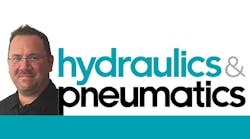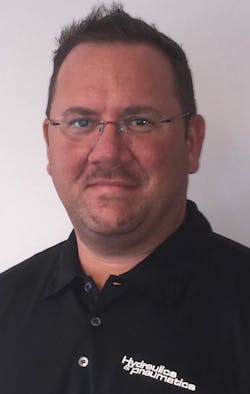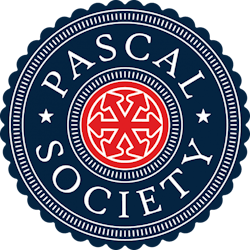The CCEFP was Initially funded through public money, but industry leaders have developed programs for ongoing funding the NFPA Technology and Education Foundation. An important segment of the foundation is The Pascal Society, which combines the contributions of many individuals into a single effort. In doing so, the Pascal Society aims to develop the resources, tools, and people to meet the technology and workforce needs of the U.S. fluid power industry.
A major goal is the support of pre-competitive research projects through the CCEFP. These projects are important because they connect advanced-degree students to our industry, create more infrastructure in our leading universities, and increase the ability of those universities to teach fluid power to their undergraduates. The Pascal Society helps engage its industry members in setting a research strategy, selecting projects most likely to benefit our industry, and reviewing the progress of the students working on them. This has proven to be an effective way to introduce talented young engineers to fluid power and draw them into our industry.
For information on how to join The Pascal Society, contact Sue Chase at (414) 778-3376 or [email protected]



